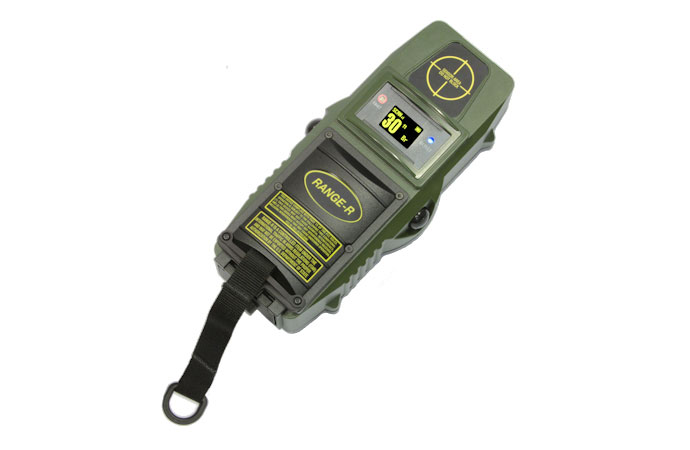New Radar Device Allows Police To ‘See’ Into Homes
A new device called the Range-R is using radio waves to show police officers what’s on the other side of a wall. According to USA Today, at least 50 U.S. law enforcement agencies, including the FBI and the U.S. Marshals, have been using the Range-R, a radar device that allows the user to “see” through walls and determine whether anyone is inside a building.
These devices have reportedly been used for the last two years; however, there was “little notice” to the courts and “no public disclosure of when or how they would be used,” says USA Today, which also reports that thus far, 200 of the devices have been sold to law enforcement agencies.
The Range-R uses radio waves to hone in on movement — even movement as slight as human breathing — from more than 50 feet away. Someone using a Range-R can detect whether a person is inside a building, where they are and whether they are moving.
Manufactured by L3 Communications Cyterra, the Range-R is advertised by the company as a “handheld through-wall sensor” that is designed for one-handed operation. The operator of the device simply holds it up to a wall, door or other structure, presses a few buttons and the analysis begins.
Within seconds, RANGE-R informs the user of the presence of moving or near-stationary personnel and the distance, or range, to the person,” says its product brochure. “With an effective range of up to 50 feet, the system can ‘see’ through walls, floors and ceilings constructed of reinforced concrete, cement block, wood, brick, adobe, glass and other common non-metallic construction materials.”
Results are displayed on the Range-R’s LCD screen, telling the operator how far away its target is. L3 Communications claims that the device has a greater than 95 percent probability of detection.
Suggested users for the Range-R are first responders, such as firefighters, police and SWAT units.
The device is approved by the FCC, although USA Today notes that the Supreme Court has said officers “generally cannot use high-tech sensors” to tell them anything about the inside of a person’s home without obtaining a search warrant first.
The Range-R was first brought to the attention of the court system in December, when a federal appeals court in Denver discovered that police officers had used one of the devices before entering a house to arrest a man who had violated his parole and was found to have illegal firearms in his house, says USA Today. His lawyer argued that the arrest was invalid because the search of his home was carried out without a warrant.
The judge in the case upheld the arrest, although he warned that “the government’s warrantless use of such a powerful tool to search inside homes poses grave Fourth Amendment questions.”
The use of such surveillance devices without the knowledge of either courts or private citizens is alarming to some, especially since much of this technology is brand-new or still in development. While the Supreme Court ruled in 2001 that the Constitution generally bars police from scanning the outside of a house with a thermal camera unless they have a warrant and “specifically noted” that the rule would apply to radar-based systems that were then being developed, according to USA Today, it appears that December’s ruling on the use of the Range-R was the first occurrence of an appellate court to even reference this type of technology or its “implications.”
This thorny subject leaves a lot of gray area to be puzzled over, including the issue of how much new technology — if any — should be revealed to the public.
William Sorukas, a former supervisor of the Marshals Service’s domestic investigations arm, told USA Today that deputies are not instructed to conceal the agency’s high-tech tools, but they also know not to advertise them. “If you disclose a technology or a method or a source, you’re telling the bad guys along with everyone else,” he said.










































